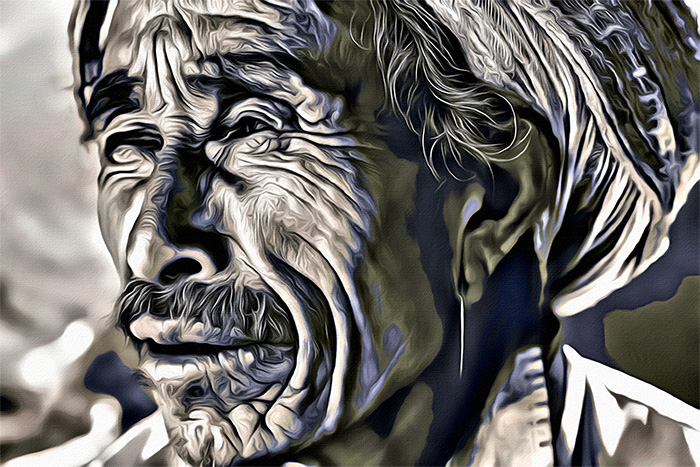Abstract Art is my Awakening
In my view, the understanding of abstract art is based on two main ideas. Prior to its birth, art represented subjects and objects that are familiar and recognizable. In a sense, painters painted man and his surroundings within various styles, atmospheres and aesthetic preferences, without forgetting the specific demands of royalties and the Church.
From 1910 on, painters in Europe, and later in the US, started to paint the expression of life and color as the “new subjects.”
“When I no longer see an object that I recognize in a work of art, I am expressing more than I am representing.” Philippe Benichou
For instance, when I am filled with joy, I experience no consciousness of having a private or separate self. I seem oblivious to my personal identity and I become transparent, for lack of a better word. Conversely, when I am unhappy or sad I am very conscious of my feelings, as I feel out of sync with the whole or disappointed. When I can creatively process my unhappiness, I am able to reconnect with the whole. We are, after all, moving and navigating various moods, feelings and happenings—all the time.
Abstract art: the self-based art. Abstract art surprisingly coincides with the birth of modern acting in the early 1900’s. 1910 marks the birth of a new kind of art where representation takes on a whole new direction. Presentation replaced representation and it was of enormous significance. Kandinsky makes the declaration that “art is free” and begins to create “pure abstract art”, which becomes the first abstract movement.
The coincidence of the birth of modern acting and modern abstract art occurring at the same time is not so strange after all. Man has lived through role-playing and identity-based living for many thousands of years and, over time, we have become identified with what we do and the roles we play. Abundance and the ability to conquer the natural world allowed us to begin accepting specialized roles within the tribe, i.e. potter, ironsmith, cook, nurse, sheriff, farmer, and on and on. There was no specialty until we could survive in larger numbers and gather safely.
Individually and collectively, all things are categorized by the mind. Mainly through our differences and the roles we play. Man sought artistic expression as he yearned to express and recognize what he was going through emotionally, mentally and spiritually. He also wanted to make sense of his world.
Prior to the 1900’s, the art of acting was to represent characters externally; body, posture, gestures and of course voice and diction, were the main tools of the art. Actors were not expected to “feel” their roles emotionally nor were they expected to inhabit their characters psychologically; acting was a grandiose and precise external show of indications, which now is not only laughed at but the anti-thesis to modern acting. The correct jargon for such display is being “theatrical or to over-act”.
The great skill in those days was to project a self-image of the character through voice and body; it was grand, dramatic and spectacular.
Conversely, modern acting inspires the actor to live and breathe inside the character, so as to “become” the character by endowing it with a natural or real appearance—not exaggeration. Audiences today participate in the internal experience of the characters portrayed. It is from this observation that, in my view, abstract art came into being and continues to be recognized as a new art.
As an abstract artist, I externalize on canvas what I am experiencing from within but cannot express in words. The forms, shapes, lines and colors that come out are no longer recognizable objects from my projected self-images, that is “what I think I know about myself and the world around me.” Life from this viewpoint becomes a continual dance of appearing and disappearing forms.
Abstract art is my awakening from self-image. When I no longer recognize something in a work of art I begin to know myself as pure experience. I become transparent to the ideas of myself. I reach beyond mind into pure abstract feelings. You could call such abstraction emptiness, spirit, love, freedom, joy or oneness.
The dualistic roles we play within society, such as rich and poor or young and old, breed established divisions through generations. Left un-scrutinized they can rob us of a deeper and richer experience of life. Naturally, we believe in our identities. Successful, happy, giving, lonely, hard working, moral, good, God fearing, etc. Abstract art, without representing objects, speaks of the liberation from conditioned role-playing or ego-life, where everything is measured according to its opposite. At that level, abstraction is also non-political as it simply aims at pure experiencing rather than making strategic statements and building a political identity. In our modern world, I see politics, religion and morals as the last shelters for individuals seeking an acceptable identity. Politics don’t matter when you have yourself and walk your own path.



